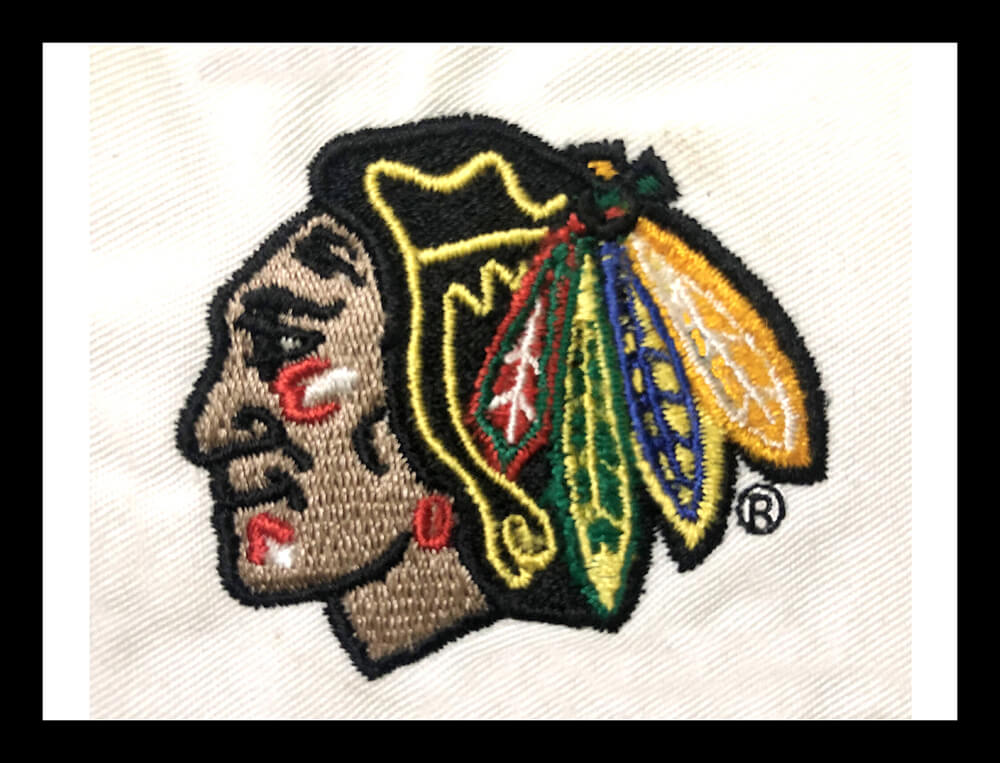Efficient Digitizing for Embroidery: Quick Turnaround
Efficient Digitizing for Embroidery: Quick Turnaround
Blog Article
Mastering the Needlework Digitizing Refine: Your Ultimate Overview
Needlework digitizing is a precise craft that requires accuracy and proficiency to translate elaborate designs right into electronic formats for machine embroidery. As artisans begin on this journey to understand the embroidery digitizing process, an extensive understanding of the essentials sets the structure for excellence.

Comprehending Embroidery Digitizing Essentials
Needlework digitizing basics create the structure upon which intricate styles are translated into machine-readable styles for exact sewing. This preliminary step in the embroidery digitizing process is vital for making certain that the final stitched item is a devoted depiction of the original style. Understanding embroidery digitizing fundamentals entails comprehending crucial concepts such as stitch types, sew direction, density, underlay, and draw payment.
Sew types play a crucial function in figuring out the visual and textural end result of the embroidered style. By choosing the suitable stitch type, whether it be satin, fill, or running stitch, digitizers can accomplish the wanted impact and improve the overall quality of the needlework. Additionally, stitch instructions affects the flow and measurement of the layout, while density establishes the spacing and insurance coverage of the stitches.
Furthermore, underlay sewing offers stability to the design by protecting the textile and protecting against distortion during the needlework procedure. Draw compensation is another important factor to consider to counteract the all-natural tendency of textile to contract when stitched. Mastering these embroidery digitizing fundamentals is fundamental for creating professional-quality embroidered items.
Choosing the Right Digitizing Software Application
Selecting the appropriate digitizing software is an essential decision that significantly affects the effectiveness and high quality of the embroidery digitizing procedure. Digitizing for Embroidery. When choosing the ideal digitizing software application, it is necessary to think about elements such as the intricacy of designs you plan to produce, the user-friendliness of the software, the level of client assistance supplied, and the compatibility with your needlework device
There are various digitizing software options available in the market, ranging from basic programs for newbies to innovative software for specialist digitizers. Some popular options consist of Wilcom EmbroideryStudio, Hatch Embroidery Software Program, and PulseID. These software use a vast array of tools and features to help you develop elaborate designs effortlessly.
Before deciding, it is advisable to discover the various software application choices with cost-free tests or trials to identify which one ideal matches your needs. In addition, checking out reviews and looking for suggestions from experienced digitizers anchor can supply useful insights right into the toughness and weaknesses of each software package (Digitizing for Embroidery). By thoroughly assessing your requirements and contrasting the features of various digitizing software, you can make an informed choice that improves your embroidery digitizing operations
Digitizing Devices and Techniques

Optimizing Style Setup for Embroidery
Grasping the details of layout settings is basic in achieving ideal outcomes in the needlework digitizing procedure, building upon the foundation laid by understanding digitizing devices and techniques. When enhancing design settings for embroidery, best site it is vital to consider aspects such as stitch type, density, padding, pull payment, and enrollment. Registration setups line up different elements of the layout precisely, keeping overall design honesty.

Troubleshooting Common Digitizing Issues
When coming across typical digitizing concerns throughout the needlework procedure, it is necessary to recognize the source and carry out efficient remedies promptly. One typical trouble is stitch thickness concerns, where stitches may be also dense, creating the material to pucker, or too thin, bring about spaces in the design. Adjusting the stitch density settings in the digitizing software application can help settle this problem.
An additional constant challenge is string breaks throughout the needlework process. This can happen due to numerous factors such as incorrect stress settings, dull needles, or making use of low-grade string. Guaranteeing proper upkeep of the embroidery device, including regular needle changes and stress changes, can reduce the incident of string breaks.
Additionally, index layout registration mistakes can result in misaligned elements within the embroidery style. Checking the style positioning in the digitizing software application and making needed modifications before stitching can assist in avoiding this problem. By addressing these common digitizing issues immediately and properly, you can make certain a smoother embroidery process and top notch finished products.
Conclusion
Finally, mastering the embroidery digitizing process needs a solid understanding of the fundamentals, the appropriate choice of software application, and knowledge of devices and strategies. Optimizing style settings and repairing usual digitizing concerns are critical actions in making sure top notch embroidery outcomes. By following these steps faithfully, one can attain precision and effectiveness in the digitizing process.
Report this page